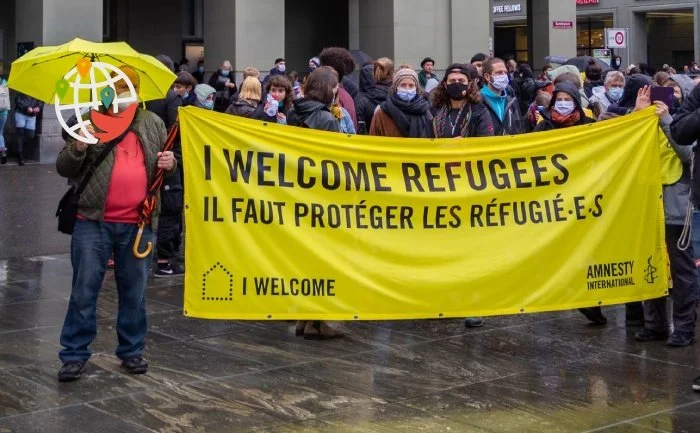Canada Establishes Global Working Group on Labour Mobility of Refugees

On April 6, the first international meeting was held with a wide range of partners.
To make labor migration to Canada and beyond more accessible to refugees, representatives of the governments of Canada and Australia, the UN Refugee Agency, the International Organization for Migration, the International Chamber of Commerce, international immigration company Fragomen, and the refugee assistance nonprofits Talent Beyond Boundaries and RefugePoint met on April 6, 2022. Australia has already launched a pilot program to admit qualified refugees in July 2021, and now Canada plans to develop and launch a similar project.
Canada already has an Economic Mobility Pathways Pilot (EMPP) program. To participate, a person must have refugee status outside of Canada and meet the requirements of one of the listed economic immigration programs:
- Atlantic immigration program;
- Rural and Northern Canada Immigration Program;
- any of the provincial immigration programs.
When applying under the Atlantic Program and the Rural and Northern Immigrant Program, refugees do not have to prove that they have worked the required number of hours in the past three years, as long as they have worked the hours in principle. Instead of a bank statement, it is possible to provide documentation that the applicant has been approved for credit, but this point has not yet been fully worked out by Immigration Canada.
In 2022, the Global Refugee Mobility Task Force plans to organize events to identify employment opportunities for refugees in Canada. In parallel, practical solutions will be sought to all the problems associated with the launch of the EMPP. By 2024, the group will report on its work, and the results will determine whether the EMPP will become a permanent immigration program.



















